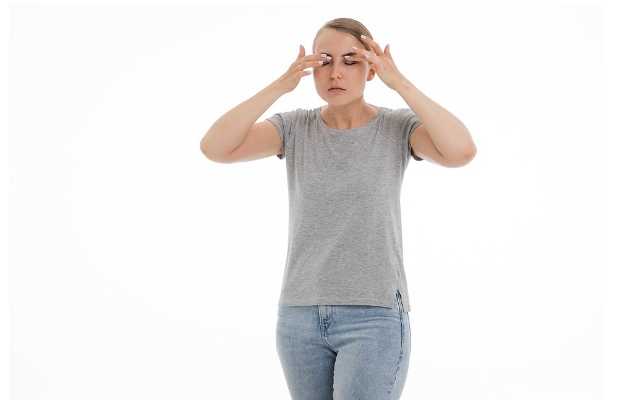While phobias are typically a fear of something, there is a distinct mismatch between the word photophobia and what it actually means. Even though photophobia literally translates to mean “fear of light”, it isn’t a fear per se.
In other words, photophobia means sensitivity to light or light sensitivity, where bright lights can end up hurting your eyes and cause minor to severe discomfort. This light sensitivity, however, isn't only restricted to direct sunlight; even indoor lighting can become painful and uncomfortable for a person.
Light sensitivity can strike in unexpected ways as one may squint or hide their eyes from the bright sun or upon entering a well-lit room. However, under more serious circumstances, one may experience a considerable amount of pain as a result of exposure to intense or even moderate light.
Photophobia, however, isn't classified as a condition but is usually a symptom of another underlying disease such as migraine, dry eyes or swollen eyes. Read on to know more about photophobia.
Read more: Eye pain: symptoms, causes, prevention, diagnosis, treatment, tips
































